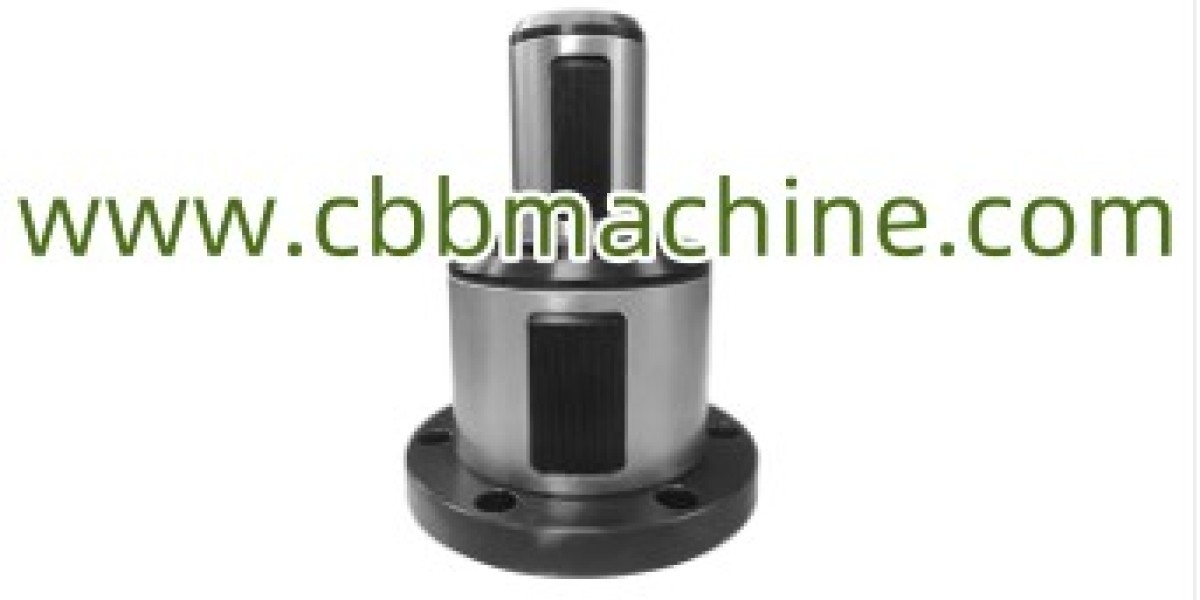In the heart of modern industrial winding systems, a Mechanical Expand Chuck plays a crucial role in delivering consistent tension control and secure core gripping, making it an essential component across multiple converting and packaging sectors. From film, foil, and paper industries to textile and nonwoven applications, this mechanical device supports operations by enabling accurate alignment, smooth rotation, and stable web handling.
One of the defining features of this device is its ability to automatically expand and grip the core once inserted into the shaft. Unlike pneumatic counterparts, mechanical expand chucks operate without relying on external air sources, which reduces potential downtime due to air leaks or compressor malfunctions. This design also leads to lower maintenance requirements and fewer replacement parts, improving cost-efficiency over time.
The internal expanding mechanism is often built using wedges, lugs, or ball segments that move outward when torque is applied, ensuring the core remains tightly held even under high-speed rotation. This firm grip minimizes core slippage, a common issue that causes material waste and uneven winding. In systems where high-speed unwinding or rewinding is critical, the mechanical expand chuck delivers both stability and operational safety.
Manufacturers often prefer these chucks for their adaptability. They are typically available in various diameters to match industry-standard core sizes and can be installed easily on existing shafts. For companies with frequent changeovers, quick-release options or modular designs help reduce machine downtime, further improving production output.
In addition, the rugged construction of mechanical chucks ensures long service life, even in demanding production environments. High-quality metal alloys are used to withstand constant torque and pressure, making them reliable over years of usage. Furthermore, some models integrate torque-limiting features, which protect the core and web material in case of overloading or misalignment.
As sustainability becomes a bigger concern in industrial processes, equipment that reduces material waste and increases efficiency is in high demand. A properly functioning mechanical chuck supports this by ensuring that each roll starts and ends with consistent tension, preventing rejected batches or damaged material. The precision it brings to the winding process contributes to leaner production practices, which can have measurable economic and environmental benefits.
For businesses aiming to upgrade or optimize their slitting and winding systems, choosing a dependable chuck system is a strategic investment. Factors like durability, ease of use, and maintenance simplicity should be considered alongside compatibility with existing machines. Technical support and customization options are also important, especially for high-volume operations with specific core types.
To explore high-performance solutions and adaptable chuck designs, visit www.cbbmachine.com.







